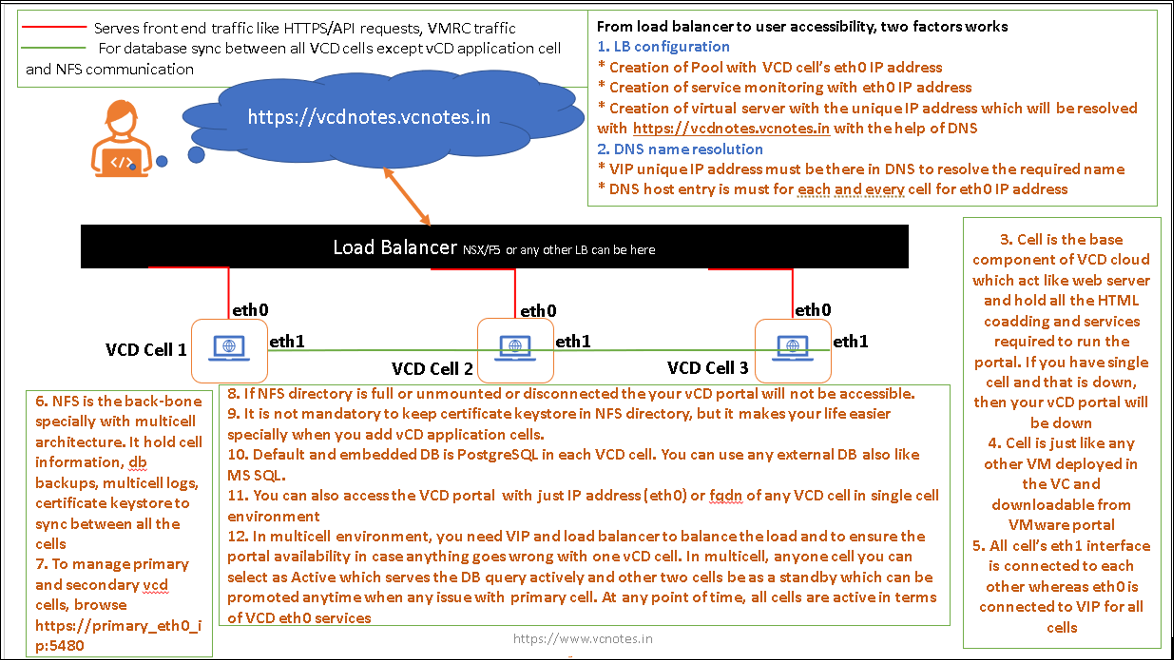Hello Guys,
We all know that "How to redeploy the edge gateway in NSX-V" or "How to change the form factor of NSX-V edge from small to medium or large" but how many of you knows how to do it in NSX-T?
I am sure, till now few are in assumption that it is not relevant to NSX-T (at least first part) 😊
It is well relevant and we do redeploy edge nodes in NSX-T too. In this post I am giving you the method to not only redeploy it but also to change the form factor very easily. I gone through web before I did it by myself and could see very complicated process to replace the exiting node with the newly deployed node.
That might be relevant in some other scenario but my initial issue or goal was to change the existing edge node form factor from Medium to xLarge. So, I used API and it worked just perfect!.
Here you go.
Step1 - Connect the NSX-T using API. #If you don't know how then use comment box.
Step 2 - Use the API call
GET https://10.112.152.10/policy/api/v1/transport-nodes #It will give you the detail of all edge nodes
Step 3 - Pick the ID of target edge node from the output of step 2 and run the command as below
GET https://10.112.152.10/policy/api/v1/transport-nodes/7b60f554-a36f-4c71-9d6c-fddf7826da8a
You will get output something like below
Step 4 - Find the form factor parameter in output of step3. You will see like below-
If you have something else configured here then you will find like MEDIUM or SMALL or LARGE. You can change it as per your requirement and copy the entire output what you got in step 3 and paste in the API tool's body in Raw and JSON format.
Step 5 - Now, use below API call to change the form factor
POST https://10.166.171.198/policy/api/v1/transport-nodes/7b60f554-a36f-4c71-9d6c-fddf7826da8a?action=redeploy
it will start the redeployment and will take around 5-15 minutes or more depending upon your infrastructure.
Background process behind all the task is-
1. It put the target node in maintenance mode
2. Power off and remove the node
3. Deploy the new node with modified form factor or any other modified parameter and power it on
4. Register the node in NSX-T database
5. Configure everything as it was before
6. Exit the maintenance mode from new deployed node
Hopefully you could understand the whole process but if any doubt, please use the comment section. I will try my best to reply.
Thank you.










